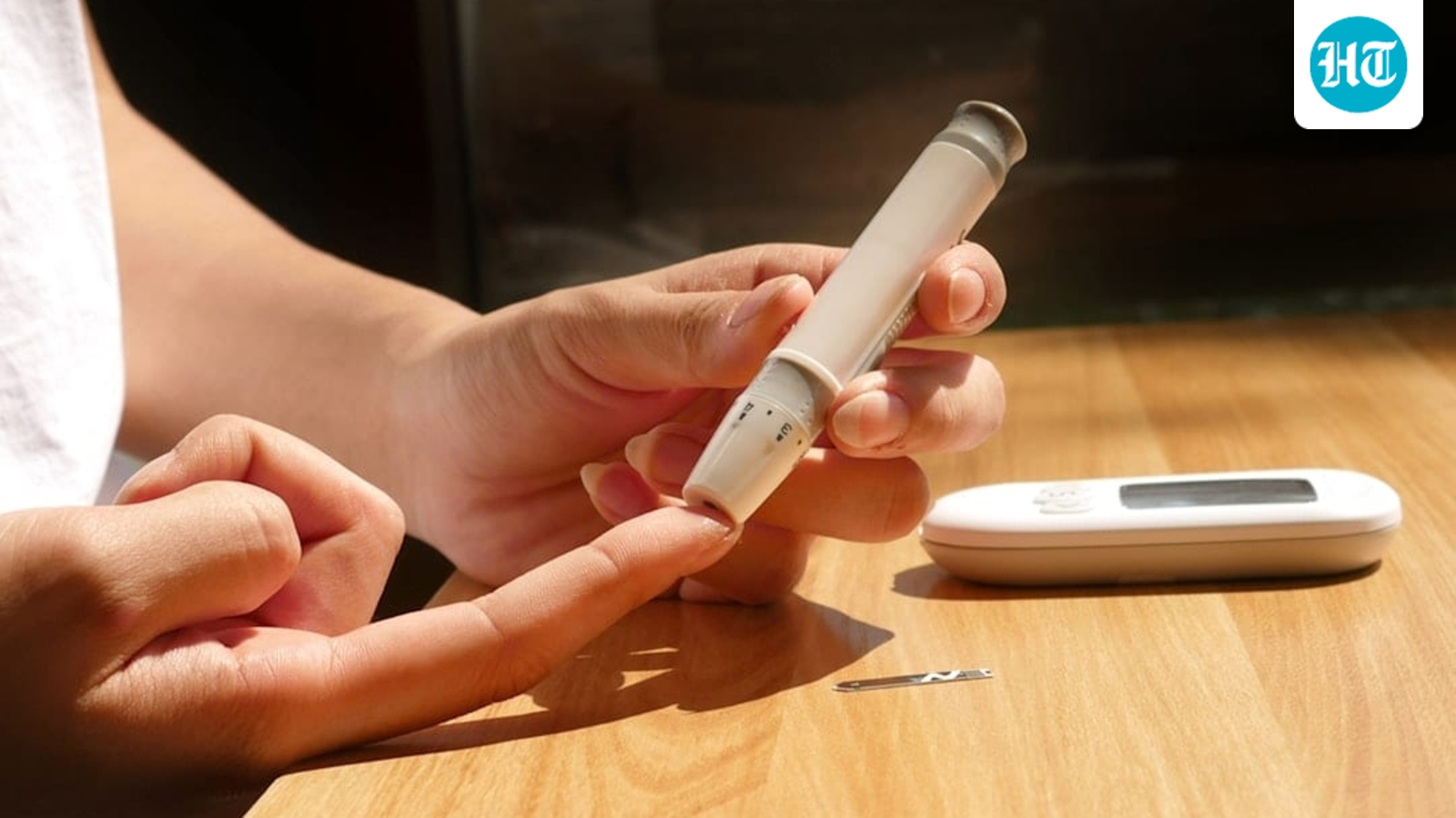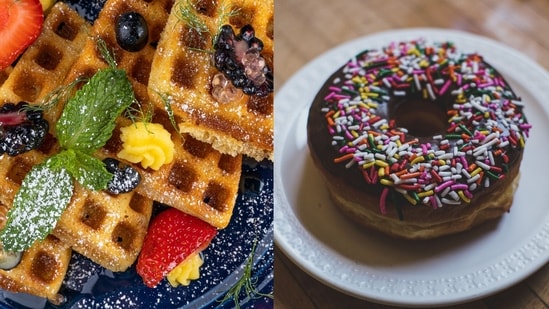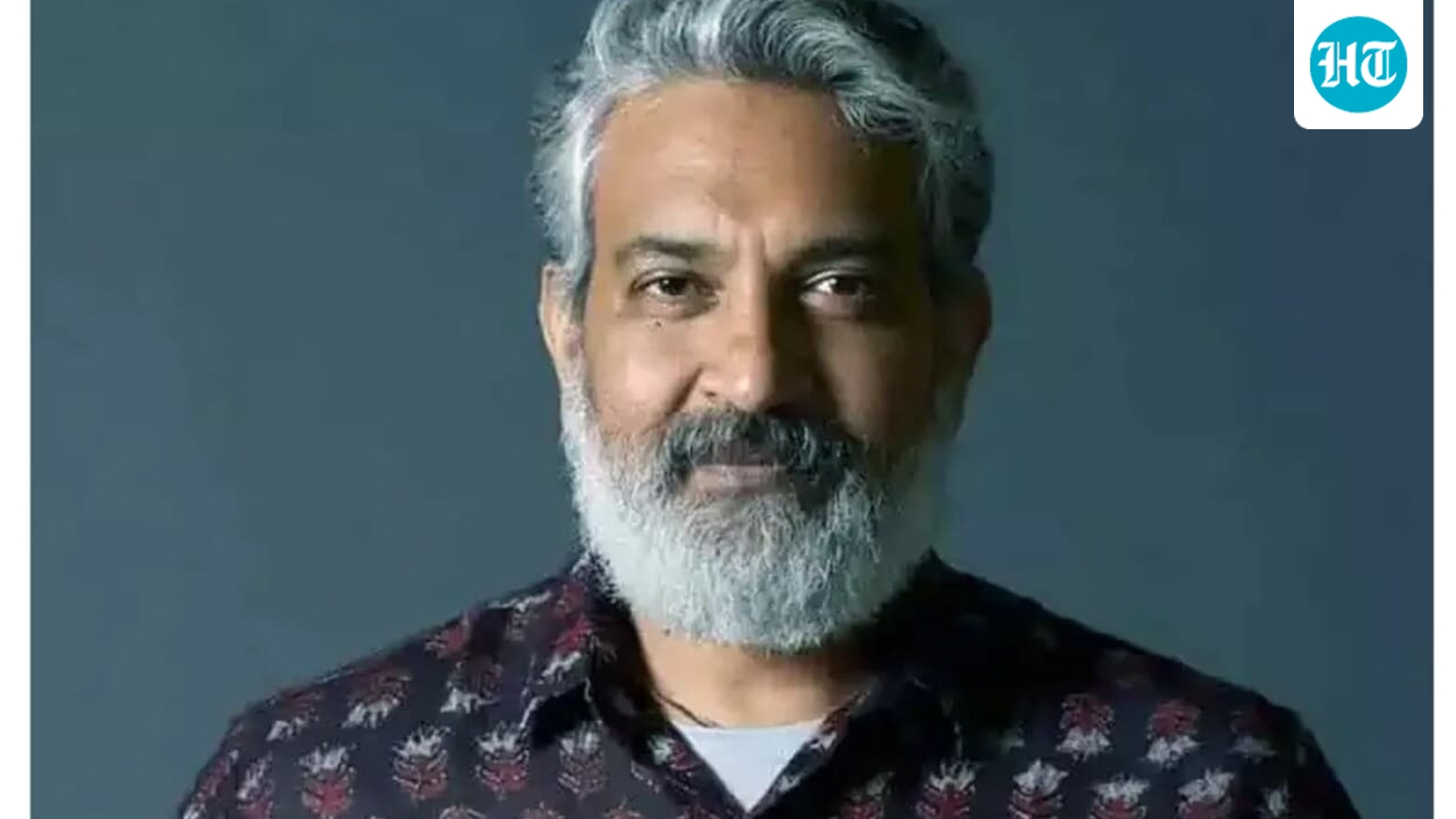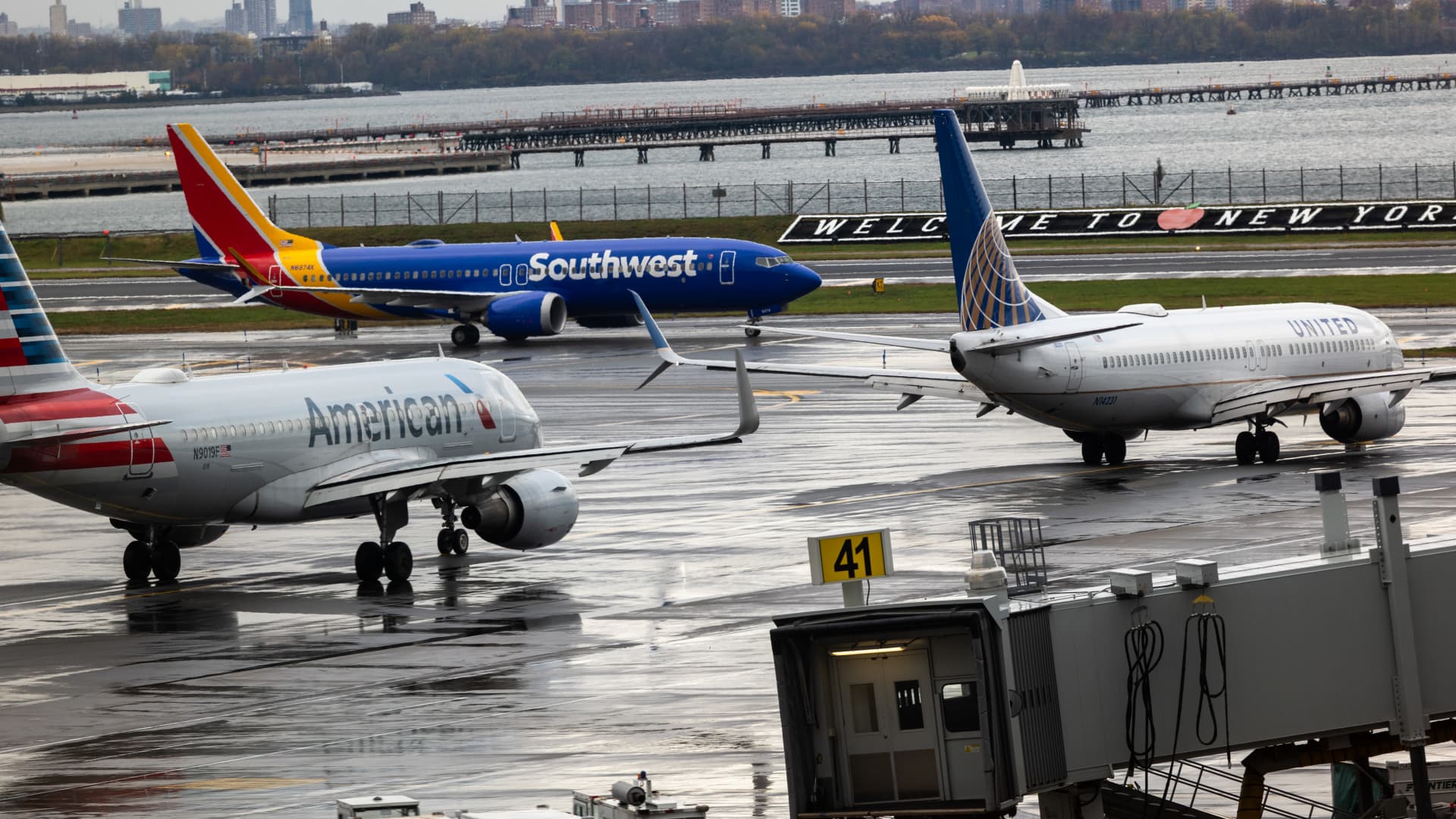
The NHS has laid out a clear message for parents: good teeth start with small daily habits. Nothing complicated. Just a steady brushing routine, the right kind of toothpaste, and a little supervision. From a baby’s first tooth to the first confident solo brushing session, the NHS mentions that these early habits can prevent most childhood decay before it even begins.
Also Read: AIIMS-trained neurologist shares why you shouldn’t self-prescribe vitamin B12 supplements if you have numbness, tingling
Here is breaking it down age-by-age, keeping things real.
Starting early: Babies to six-year-olds
The NHS says brushing should begin the moment that tiny first tooth shows up – sometimes around six months, sometimes earlier or even later. Parents do the brushing at this stage, twice a day and two minutes each time. Fluoride toothpaste is non-negotiable. For babies and toddlers, the NHS recommends children’s toothpaste with no less than 1,000ppm fluoride, unless a dentist suggests switching to a family-strength tube.
Amount-wise, it is barely anything – just a smear. And parents should keep the toothpaste tube away from curious hands because, as the NHS puts it, kids love licking it if they can.
Once they hit three, the rules adjust slightly: a pea-sized blob, brushing twice a day, and spitting without rinsing. The NHS stresses that rinsing washes away the fluoride, which defeats the point.
Older kids: More independence, but still some supervision
By seven, most children can brush on their own. The NHS still suggests keeping an eye on them, mostly to make sure the brushing lasts the full two minutes and they are reaching every corner. Toothpaste should now contain 1,350ppm–1,500ppm fluoride, the regular family range.
Technique matters too: small circular movements, gums included and behind the teeth as well. The NHS recommends guiding their hand early on so they learn the motion, using a mirror so they can see what’s happening, and keeping the brush soft and small enough for their age group.
Dentist visits and treatments that help long-term
NHS dental care for children is free, which takes the pressure off. The NHS encourages parents to bring kids in as soon as the first milk teeth appear – or at least before they turn one. Early visits help the child get used to the environment and let the dentist catch any problems before they grow.
Also Read: Struggling with tiredness? These 6 NHS-suggested tips can help you successfully deal with fatigue
Two treatments often come up:
Fissure sealants: Applied to the molars once permanent teeth start appearing – usually around age six or seven, then again between 11 and 14. The NHS describes this as a thin protective coating that seals grooves to keep food and germs out. It lasts up to four years.
Fluoride varnish: Painted onto both baby and adult teeth every six months, sometimes more often if needed. It strengthens enamel and reduces decay. The NHS says all children aged three and older should be offered it at least twice a year.
FAQs
When should I start brushing my baby’s teeth?
The NHS says you should start as soon as the first tooth appears.
How much toothpaste should young children use?
A smear for under threes and a pea-sized amount for ages three to six.
Should kids rinse after brushing?
The NHS advises against rinsing, as it washes away fluoride.
Note to readers: This article is for informational purposes only and not a substitute for professional medical advice. Always seek the advice of your doctor with any questions about a medical condition.






